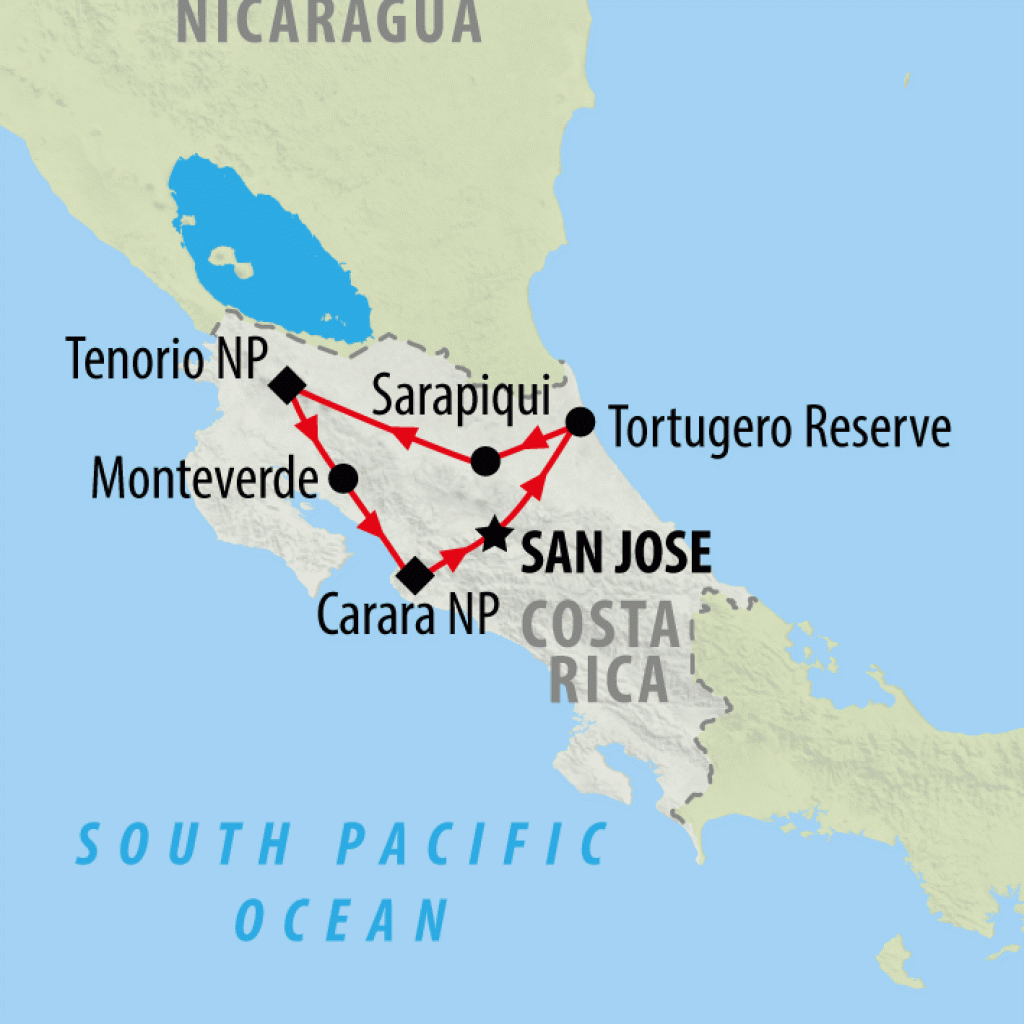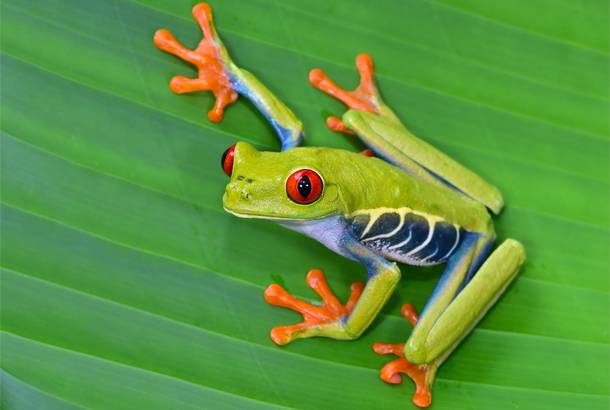
Costa Rica is known as the wildlife capital of the world thanks to its lush rainforests and sparkling bays, which are positively teeming with exotic animals. It is estimated that around 5% of the world’s land-bound species live in Costa Rica and that the country encompasses over 500,000 different species altogether. When you consider that Costa Rica only covers 0.01% of the earth’s surface, those statistics are pretty impressive. Yet, just by virtue of being in Costa Rica does not guarantee you a wildlife-spotting extravaganza. It is important to plan your trip properly according to what you are hoping to see whilst there. This guide goes through some of Costa Rica’s best-loved animals and tells you where and when to find them.
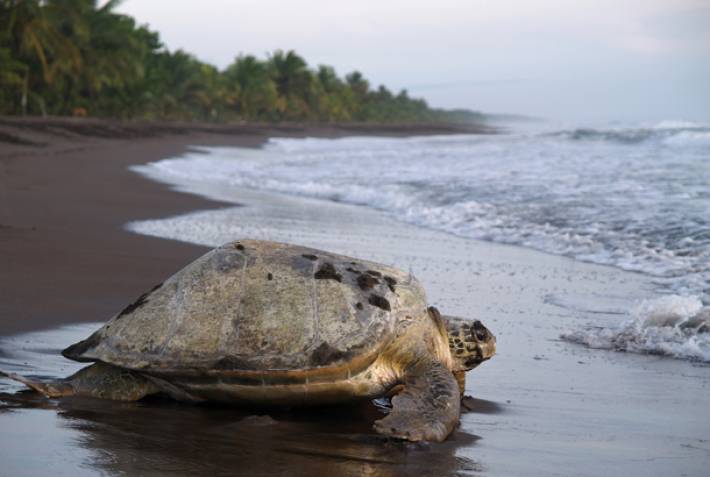
Turtles
These adorable creatures can be seen on both the Pacific and Caribbean coasts at varying times of the year. Costa Rica is home to four different species of sea turtle: Leatherback, Hawksbill, Olive Ridley and green. Leatherback can be found on both coasts, nesting on the Caribbean side from March to July and on the Pacific from September to March. Green and Hawksbill turtles are found on the Caribbean side between June and October, particularly in Tortuguero and Cahuita national parks, and Olive Ridleys are found on the Pacific side from July to November. Seeing the turtles come onto shore in their natural habitat is a spectacle unlike any other and is well worth staying up late for.
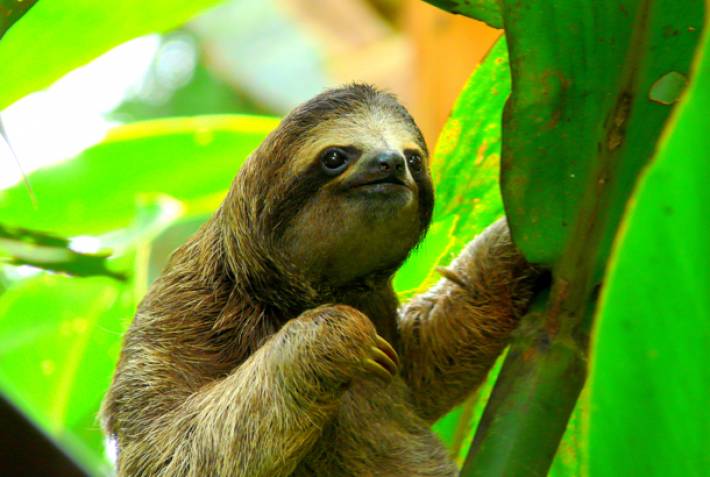
Sloths
One of the most popular animals among travelers is the sloth, both the two-toed and three-toed variety. Although it isn’t always easy to spot them as they blend in so well with their natural surroundings and move very little, with the help of a local guide, you should be able to tick them off your list by the end of your trip. The one good thing about sloth spotting is that they won’t run away when they see you - they are far too lazy for that. Sloths can be seen year-round in many of the country’s national parks including Manuel Antonio, Corcovado and Tortuguero. For guaranteed sighting, visit one of Costa Rica’s various wildlife refuges and sanctuaries, such as the original Sloth Sanctuary in the province of Limon.
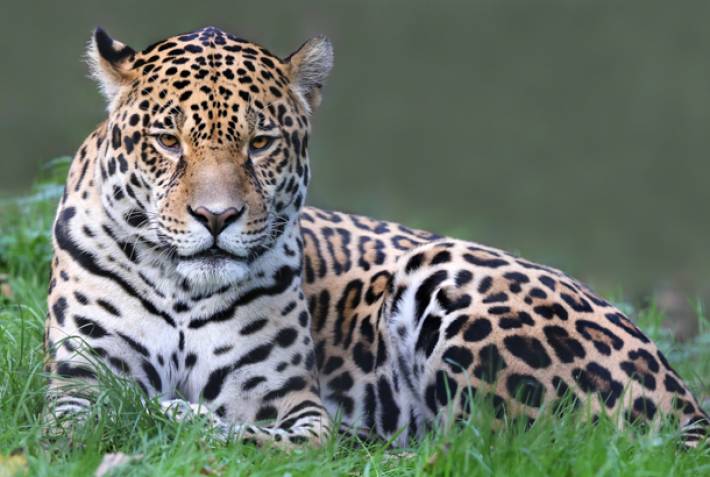
Jaguar
As the world's third largest feline, the endangered jaguar (Panthera onca) tops many wishlists for wildlife enthusiasts visiting Costa Rica. The big cat's name comes from the Native American word "yaguar," which translates as"pouncing killer", an apt description for this stalk-and-ambush predator known for its powerful bite. Similar to the tiger in terms of behavior and preference for habitat but more closely resembling leopards in regards to build, the jaguar lives a solitary existence in dense rainforests that fall within protected reserves. Central America's largest carnivore is an elusive creature that prefers to go about its business unseen. This makes sightings of the jaguar extremely rare but if you are keen to try and find one, the Osa Peninsula is your best bet where you'll find the Corcovado and Amistad national parks.
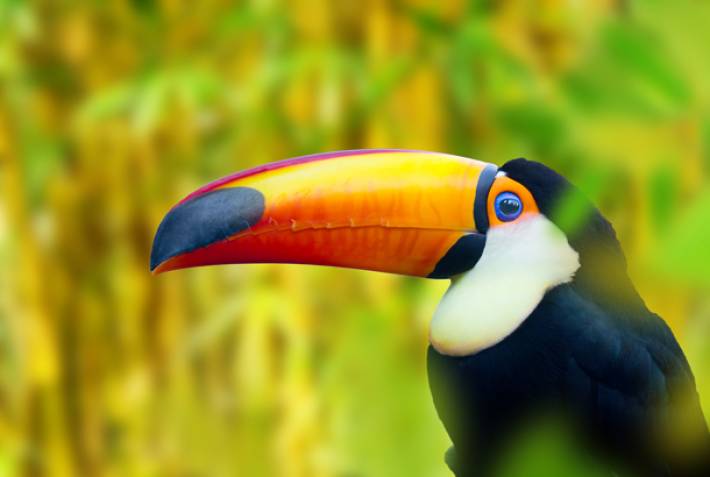
Toucans
Considered by some to be the symbol of Costa Rica, toucans are some of the most beautiful and unique birds on the planet. Fortunately, they are also easy to spot throughout the entire year in a range of different places. To start with, head to any of the lowland rainforests such as Carara National Park or the Arenal Volcano National Park, as these are the best places to spot toucans. Once again, your ears are important when seeking these birds out - listen for their call and then look for their flashy colors.
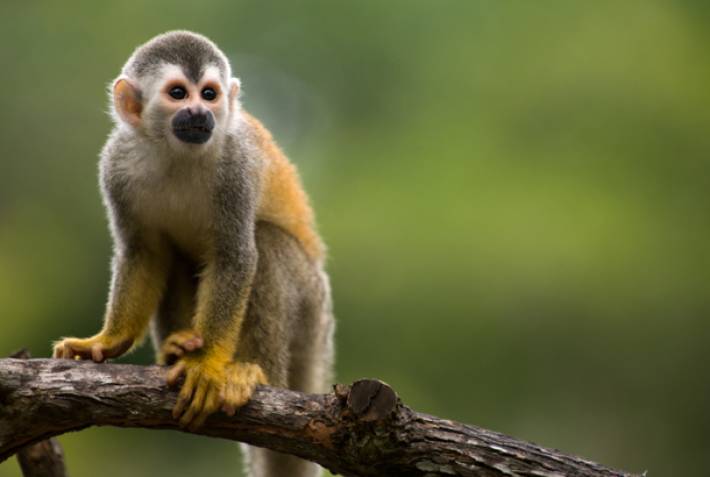
Monkeys
There are four different species of monkey in Costa Rica: Howler, Spider, Capuchin and Squirrel. For most people travelling to Costa Rica, spotting at least one of these species during their trip is an absolute must and, fortunately, it is a very realistic goal. While most animals have to be carefully sought out, monkeys tend to make enough noise to render your eyes distinctly second best to your ears when it comes to spotting these creatures. Listen carefully for calls and cries and use your eyes to follow the sound. All four species can be found on the Osa Peninsula and Corcovado National Park but many other parks will have at least one type of monkey swinging in its trees.
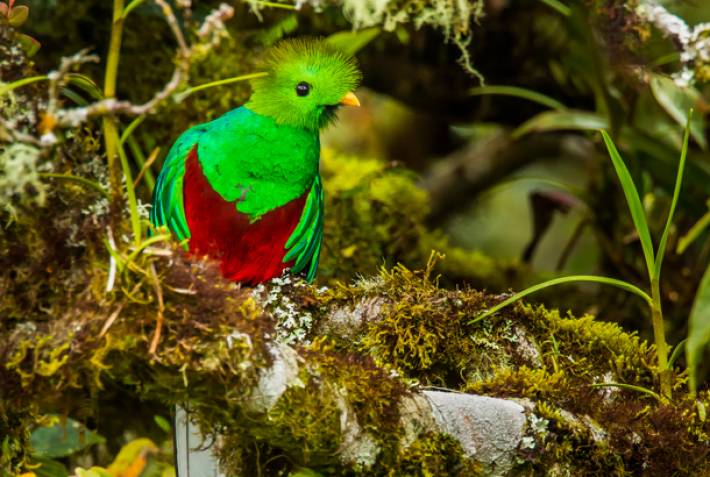
Resplendent Quetzal
Largely considered to be one of the most beautiful birds in the Western Hemisphere, the resplendent quetzal is a brightly feathered animal that lives in the tropical forests of Central America. With a green iridescence body and vibrant red plumage on its breast, it's an easy bird species to identify, especially during the mating season (March and April) when the male birds display twin tail feathers that are much longer than their body. Somewhat lacking in their flying skills, the resplendent quetzal are adept fruit eaters and also forage on insects and small reptiles and amphibians. Many of Costa Rica's national parks host the once-revered bird but you'll have better luck in the cloud forests of Monteverde.
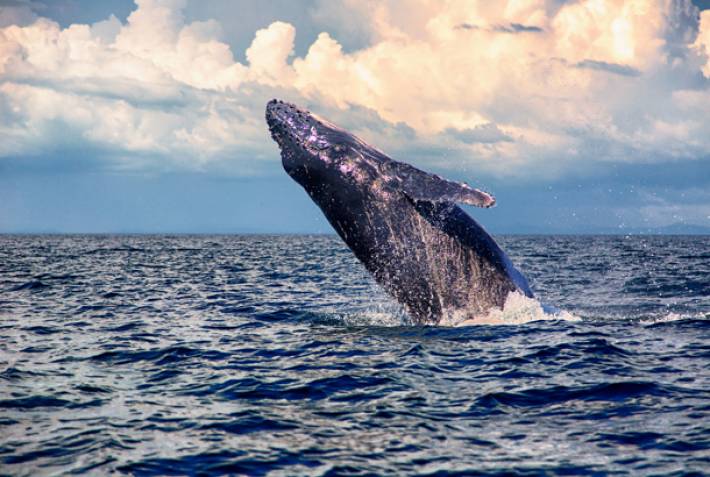
Whales and Dolphins
The kings and queens of the ocean, whales and dolphins can predominantly be found along the Pacific side of the country. The most common whale spotted along this coastline is the humpback, which can be seen pretty consistently from July through to March. Pseudo orcas, blue whales and sei whales also put in appearances at various points in the year. As for dolphins, the most frequently seen are the common, spotted and bottlenose dolphins, which can also be seen throughout the year. The best places for spotting these animals are Bahia Ballena (Whale Bay), Corcovado National Park and Drake Bay.
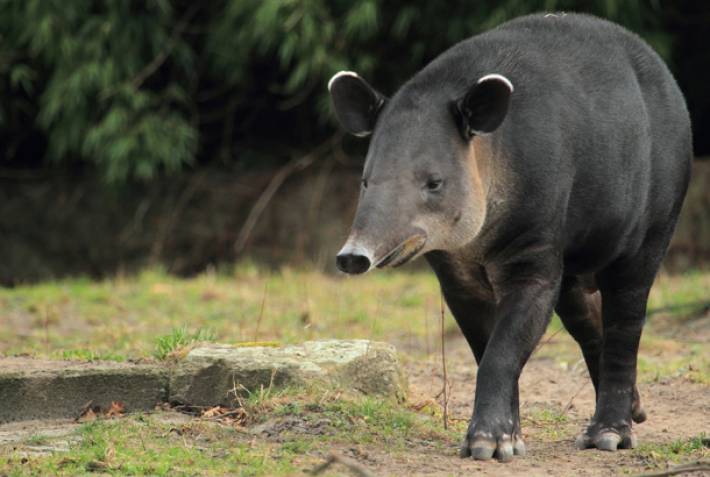
Baird's Tapir
Native to Central America, the tapir is the largest land mammal in the region and the Baird's species is one of four found here. Distinguished from its cousins by the cream-colored markings on its face, the Baird's tapir grows to an average of two-meters in length and feeds on fruits and vegetation. There are under 1,000 of the creatures living in Costa Rica with equally as despairing and declining numbers in neighboring countries, and despite the likelihood of spotting one on a nature walk in certain reserves, the tapir is on the brink of extinction. The Corcovado National Park is the best place to spot them, especially at dusk when they become more active.
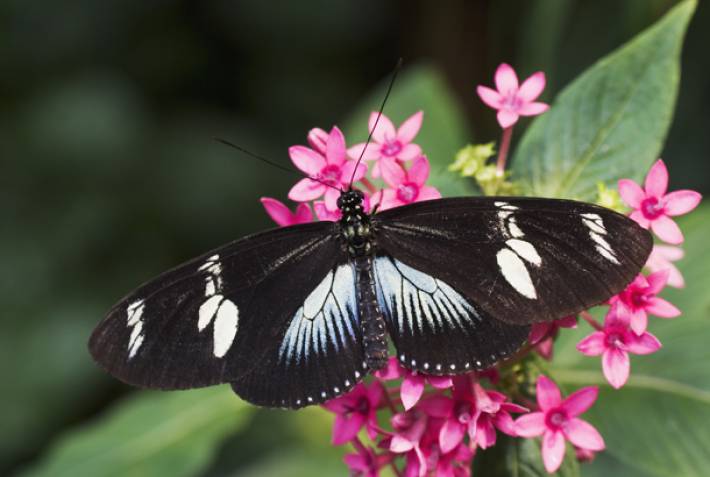
Butterflies
Adding splashes of color to the already sublime landscape of Costa Rica, butterflies can be found throughout the entire country and at all times of the year, particularly during the rainy season. The best places to spot these winged beauties are Costa Rica’s numerous national parks and butterfly farms and gardens, such as the ones in Monteverde and at the La Paz waterfalls. It is estimated that Costa Rica is home to around 1,250 different species of butterfly so keep your eyes peeled and you’re guaranteed not to be disappointed.
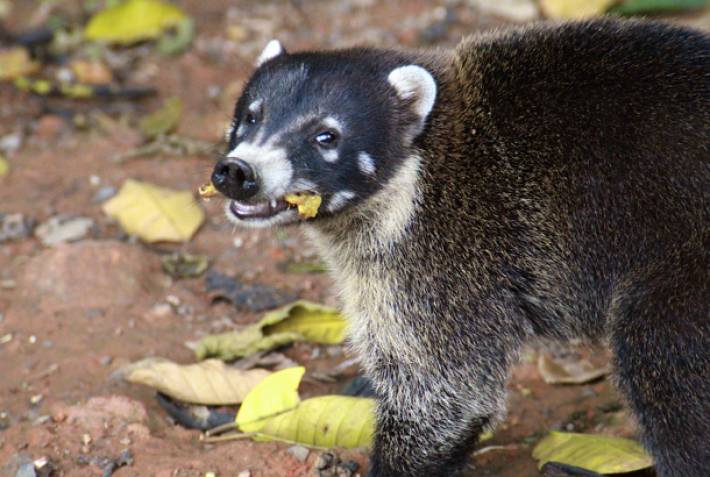
Coatis
The adorable coati, or pizote as it is known locally, is Costa Rica’s equivalent to a racoon but is similar in size to a cat. With its long bushy tail and pointy face, they are easily recognizable and can be spotted throughout the year. The best places to go in search of this animal are the national parks such as Santa Rosa and Corcovado as well as cities such as San Jose, where they are appearing in increasingly large numbers.
See Also
For further help planning your visit to Costa Rica take a look at our handy Travel Guide resources:
Best Places to Visit - recommended top spots in Costa RicaBest Time to Visit - climate, seasons and festivals of Costa Rica
Top Travel Tips - useful info on money, health and food in Costa Rica
Beach Guide - top 10 beaches in Costa Rica








